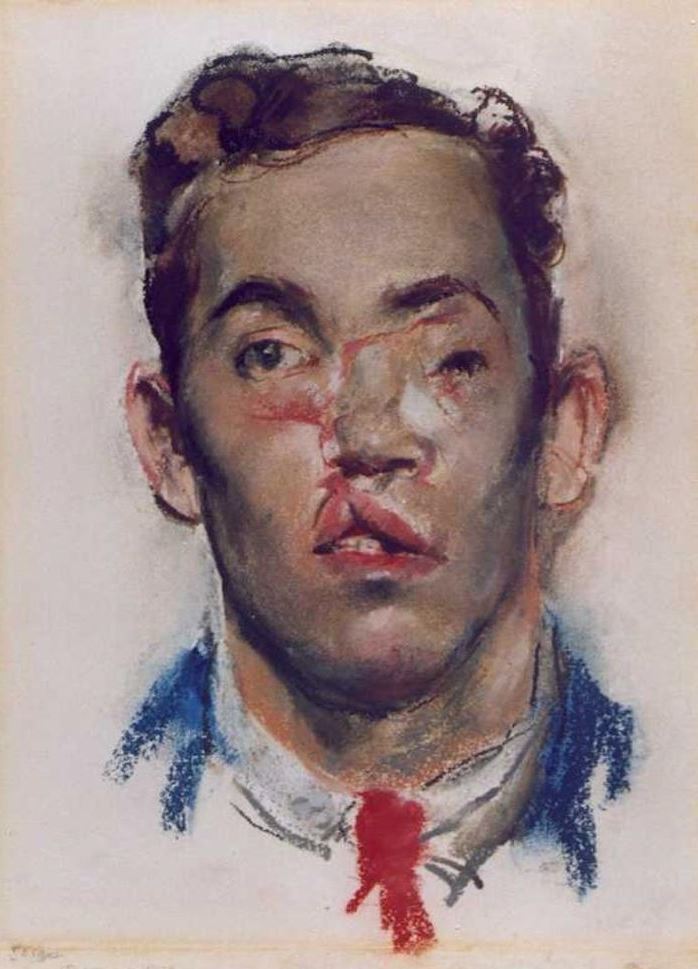
On the centenary of the end of the Great War, photographer Judit Gyula uncovers a remarkable gramophone from the Western Front.

On the centenary of the end of the Great War, photographer Judit Gyula uncovers a remarkable gramophone from the Western Front.

In 1918, as the First World War ended and peace celebrations began, a new enemy emerged – the Spanish flu.

Ahead of the final week of the Wounded exhibition, Associate Curator of Chemistry Rupert Cole looks at poison gas in the First World War.

Ninety nine years after the end of the First World War, curator Stewart Emmens looks at medical care both near the battlefield and at home.

The bravery of stretcher bearers at Passchendaele

You can now watch Christopher Nolan’s latest block-buster ‘Dunkirk’ at the Science Museum IMAX Theatre. After the film you can explore the stories behind the innovative aircraft that saved countless lives and turned the tide of the war in our Flight Gallery.

On this Day in 1909 the Science Museum officially came into being. In celebration of our birthday we’ve asked staff to share their favourite objects from across the museum

The medical legacy of the Passchendaele offensive

Women played a vital front-line role during the First World War. Stephanie Millard explores the stories behind the heroines.

Sue Freeth, CEO of Combat Stress reflects on the psychological impact of WWI and draws parallels with treatment provided to soldiers today.

Of the many emotive objects in our Wounded exhibition none have the power to move more than this series of pastel sketches of young Allied soldiers.

Blind Veterans UK archivist, Rob Baker, describes the significance of the Braille watch